If your preparedness plans include some sort of protection from the threats of today’s world, you’ve probably thought of acquiring a bug out location, or even an emergency bunker.
If you plan on building or acquiring a bunker, there are a few things you need to consider.
For the average American, the costs of building a bunker and their “handyman” skills play an important role in how it affects the overall living conditions of the entire family. That budget can go up influenced by factors such as bunker type, the areas contained and total living space, and overall the final design of a complete structure.
Various types of bunkers for your different needs
When deciding on building or acquiring a bunker, you have to keep I mind that, bunkers, just like your average home, come in all size and shapes. It is important to make the final choice based on what you are preparing for, the number one disaster that is at the top of your risk assessment list.
After looking into this matter for years and following my own research, I’ve come to the conclusion that most people decide to build or acquire a bunker due to the following:
Natural disasters
These are a common occurrence in our country, and it seems that year after year, the intensity of natural disaster is increasing. Storms, fires, flash floods, and blizzards are all cards played by Mother Nature.
Since we can’t always get a winning hand, we oftentimes witness how such natural disasters affect the lives of people by destroying utilities or by disturbing the supply chains of vital items such as food and fuel. Pay close attention to what the people of the Bahamas are going through right now, and you will understand what I’m talking about.
Civil unrest
There are many on-going events around our cities that make people wonder how safe it is to live in densely populated areas and how friendly their neighbors really are. After the events in Baltimore, the orders for bunkers that are designed to protect the owners from social upheaval have considerably increased.
When the law becomes nothing more than an empty word, and people start rioting and looting, there’s no place for a family to be exposed to such events. When violence is the only certain thing in the streets, having a bunker can shield your family from whatever is going to happen.
Nuclear, biological and chemical hazards
The Cold War was the event that triggered a high demand for bunkers that can protect people from such disasters. The orders kept a slow, but steady increase and seeing how things are “progressing” with North Korea and other countries with nuclear capabilities and irrational leaders, such bunkers will still be in high demand. Without a proper, well-equipped bunker, the chances of dealing with nuclear fallout become impossible for most of us.
Deciding on a location for your bunker
When picking a location for your emergency bunker, some believe that having it far from home is a good thing. That might not always be the case because if you can’t reach it in time, your investment will just go to waste. You might want to build your bunker in the same place you live in. With the proper shielding, entry door and filtration system, even a basement or an underground storage room can be turned into a viable bunker.
In fact, people will often opt for doing all sorts of modifications to their home. It really depends on how discrete you want it to be. When deciding to buy or build a bunker, its location, time or reach, and discretion are factors you should take into account. Think of it like this, if everyone knows you have a bunker in a certain location, most of them will try to get there before you, and you might have to deal with unreasonable people to get inside.
Facilities you should consider for your emergency bunker
Designing a bunker will take a lot of time and a lot of work from your side. There are issues you must address, related to the SHTF event you are preparing for. Let me just give you an example regarding the doors of your new bunker.
It should be common sense that having sturdy doors for a bunker is an absolute necessity. This is a must-have feature regardless of the scenario you are preparing for. However, in the case of nuclear hazard, you must have blast doors.
Following the same logic, we can agree that blast doors are overkill and an expensive solution if your bunker is designed to protect you from civil unrest.
The same thing goes for the air filtration system, and there’s a big cost difference since one designed for toxic environments is quite different than those designed for less-critical threats.
Even though in the end it is your choice, you should remember that all the extra perks you pick will be reflected on the budget. I recommend you think twice and chose once if you don’t want to end up broke.
Here is a list with the minimum areas a bunker should have:
- A defensible entrance that is secure and unobtrusive. You should have one or two ways to defend the entrance, and you should always be able to see who’s on the other side of the door.
- Different sleeping quarters for adults and children. Most people will pick a common sleeping area due to budget reasons. However, this can become a major concern down the long road. Think about when you will need privacy, and it would be impossible to send the kids outside to play.
- A common living quarter is a must for people to gather, relax, and socialize. You will need a place where people can come together for meetings or for doing various chores. This will become the room that strengthens social bonding and keep people sane.
- Every bunker should have an area destined for food preparation and cooking. A kitchen can be quite expensive since the ventilation system you pick should address your food preparation and cooking needs.
- An exercise or play area. This is not a must; however, a respected bunker manufacturer will recommend this facility because, in case of long isolation, people will need to stay fit. It’s a significant aid for their physical well-being and for their morale.
- A utility room. This room should be restricted to kids, and it should house the controls for air conditioning and filtration, water purification, and distribution, but also heating. It’s the most important room of the bunker, the heart of it.
- Eating area. This is another area that you should consider, and it depends mostly on the budget you have. However, to cut costs, I recommend you improvise something in the common living quarter.
- You will need communication systems for monitoring and figuring out what is going on in the outside. Most communication rooms have an AM/FM receiver and a shortwave radio. Having handled radios is also a good addition to your bunker items.
- A waste material management system. This is another facility that can be quite costly, depending on the size of your bunker. Some bunkers can even integrate a biogas generator, but as I said, it all depends on the budget you have.
- A sanitation area. This is mandatory to keep you clean, but also for washing clothes and dishes. When dealing with building or buying a bunker, even picking a toilet becomes a difficult task. You have options such as chemical toilets, composting toilets, and all sorts of variants of normal toilets with water recycling systems.
- Various sources of power, air intake, and waste removal. Once again, here the cost can go up depending on the number of people the bunker can accommodate and its overall size.
- Shielding against radiation. Here it all depends on your cost and building materials. Just as an example here is the minimum thickness (inches) recommended for the following materials: lead (4 in), steel (10 in) concrete (24 in) and packed dirt (36 in).
- Storage areas. One or more storage areas should be considered since these are important for stockpiling everything from food to sanitation items. It should also be common sense that these areas should be properly divided.
- An armory. Almost all bunkers have an armory planned in their initial design. Just like the utility room, this becomes a no-kids zone as well.
- A secure, unobtrusive, and defensible emergency exit. If you are forced to get out or if it has been deemed safe to get out, your emergency bunker should have an exit. In some cases, you might not be able to use the main entrance to get out of your bunker, so you need to consider this option.
A quick note:
Compared to the cold war era, bunkers nowadays have all sorts of rooms designed with long-term survival in mind. There are rooms designed for food production alone with complex aquaponics or aeroponics systems. However, you can imagine that the more complex the bunker is, the higher the final cost will be.
Am I going with a commercial solution or with a DIY project?
This is a hard question to answer, and most folks have troubles figuring this one out. In my opinion, it doesn’t really matter the disaster scenario you are preparing for if you decide to build the bunker yourself. However, you must do thorough research to make sure you don’t forget about the essential areas described above. Even so, it’s recommended to seek professional help since you won’t find out about the latest inventions or building techniques from the internet alone.
Now let’s say, you want to get a commercial solution, or you put all your fate and hard-earned money in the hands of bunker builders. You should still make sure the builder has the proper experience and background experience to answer to all your needs. Ask for references from customers or look them up online.
There are some professional, major bunker builders such as Atlas Survival Shelters, Vivos, Northwest Shelter Systems, Spartan survival systems, and a few more. You can find a lot of information about them online, examples of past projects, cost estimation and such.
Concluding
Buying a bunker or constructing one is a major step for the preppers that have such capabilities. The information provided in this article should give you the basics to understand what such a project implies, and it should help you decide on what you need.
You should keep in mind that this is a major investment, and you need to plan ahead before rushing into the construction phase. Make a list with all your needs and plan carefully every aspect of the design and construction phases.


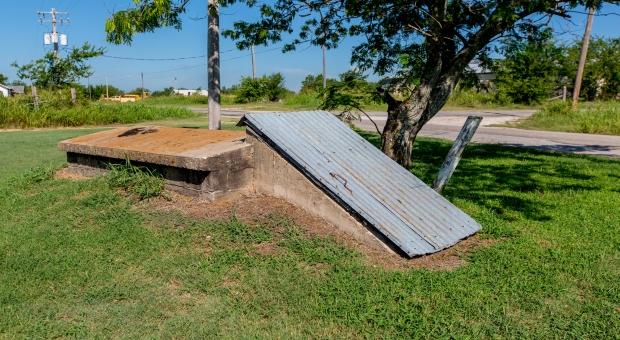


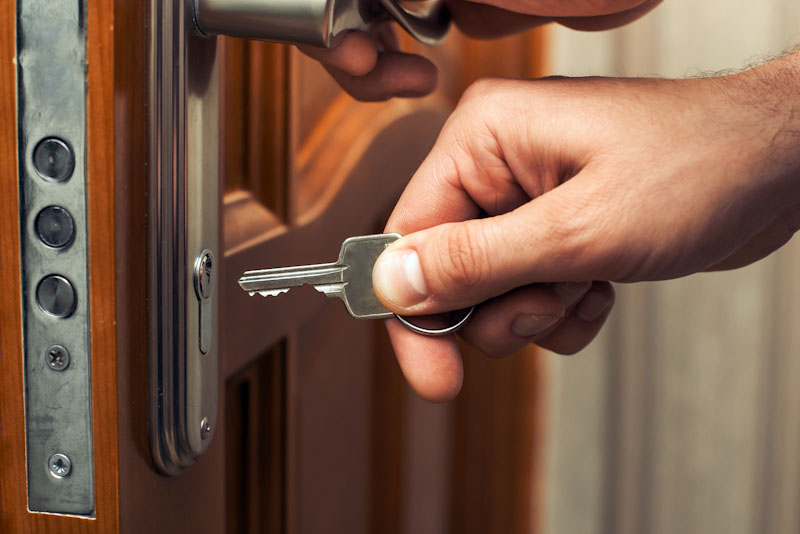
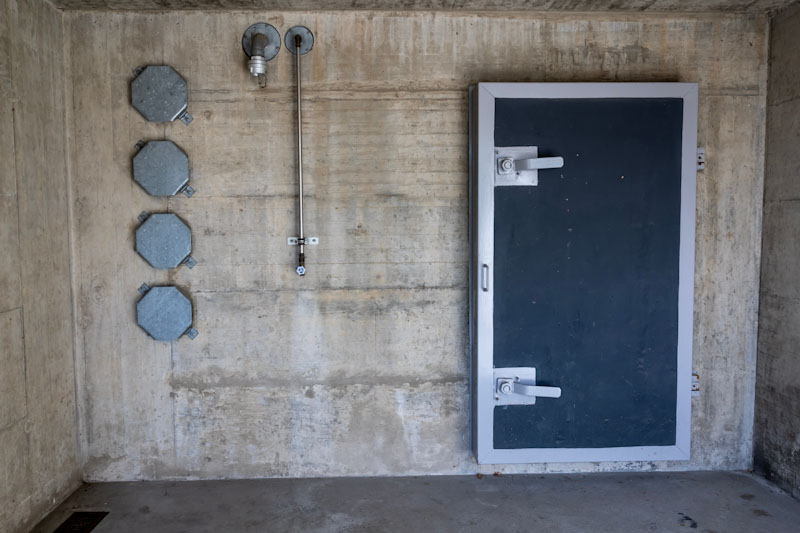
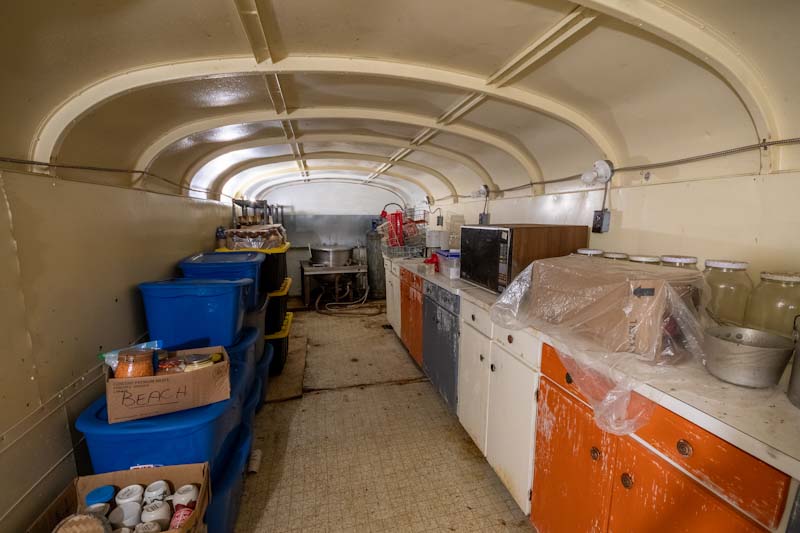
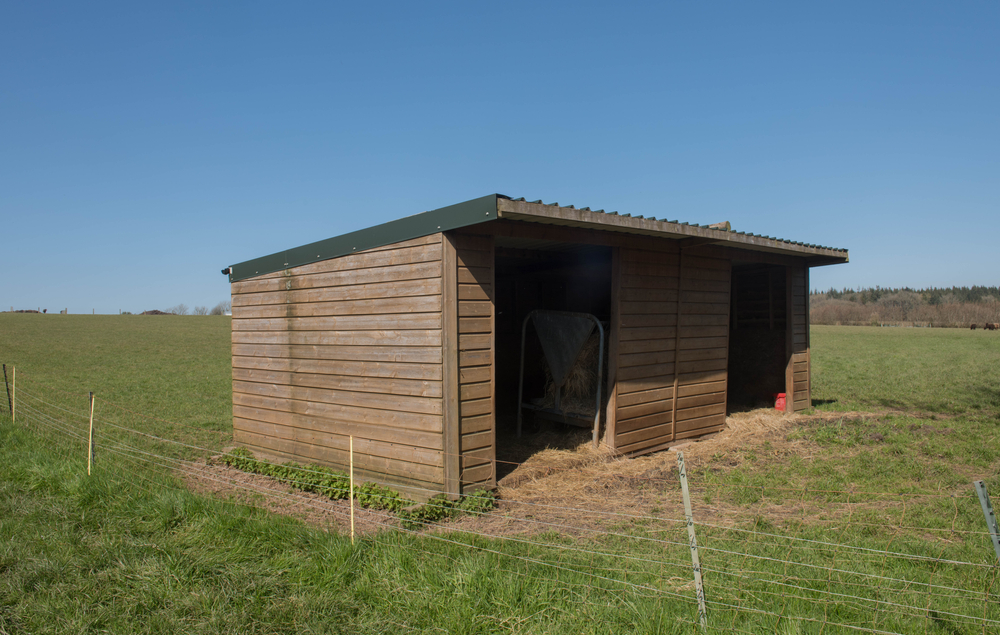

Chris Brown | October 13, 2019
|
My father sold fiberglass bomb shelters during the 1950’s along with swimming pools. The considerations were drainage, water table, camouflaging the entrance, exhaust and ventilation intake tubes and SECRECY. The shelters were installed late at night having been delivered carefully tarped and all preparations made during the prior day. The fiberglass shells were sectional and each section could be carried by four men and lowered into the ground and positioned without a crane. Sections bolted together along gasketed and caulked flanges. Flood lamps were positioned pointing away from the work area to make it difficult for neighbors or passers-by to observe. Fencing and physically intimidating workmen kept people away.. The bomb shelters were fully installed by day break. A cover story ( broken sewer or water supply pipe or septic tank failure. Etc.) along with fake billing to show the neighbors was provided. No permits were sought from local governments to further protect the home owner.
Fred W Scott | October 16, 2019
|
One idea to ensure protection of your family or group would be to build a temporary bunker using DIY methods and inexpensive materials. If prepping for fallout protection, the book “Nuclear War Survival Skills” has several “improvised” shelter designs that offer a relatively high protection factor using little more than bed sheets, logs, scrap lumber and elbow grease. One of these could be built in less than a week and then tweaked and polished as time permitted ( a KAP [Kearny Air Pump] would be a VERY desirable addition ) after stocking it with supplies of course. This would provide more than a little security for your family or group until the funding to build your subterranean “Taj Mahal” is found or saved up.
Bill in Idaho | July 25, 2020
|
Bob, I have read and studied your article over the last several months – Thank You ! I have one “multi-faceted” Comment. When you refer to a secure entrance, blast proof, bomb proof, or defense entry – Always Remember – you need to provide a solid (concrete walls or cover) walk-in entry with a 90 Degree turn midway and wide enough to carry loads and supplies through it. And Don’t Forget an alternate crawl-thru escape tunnel with a hidden cover; this could be doubled as part of your ventilation passway.